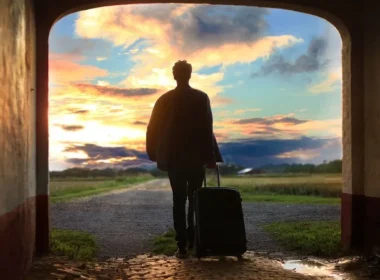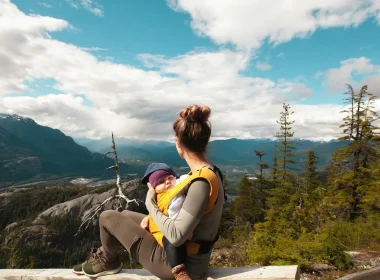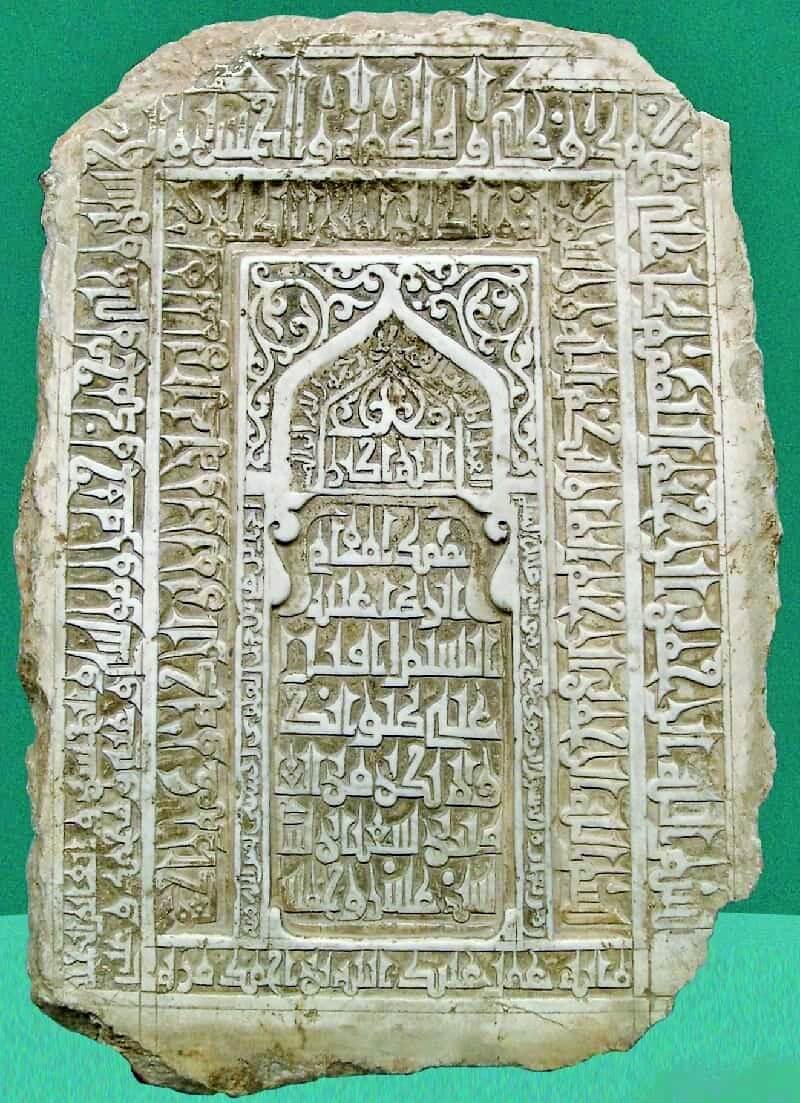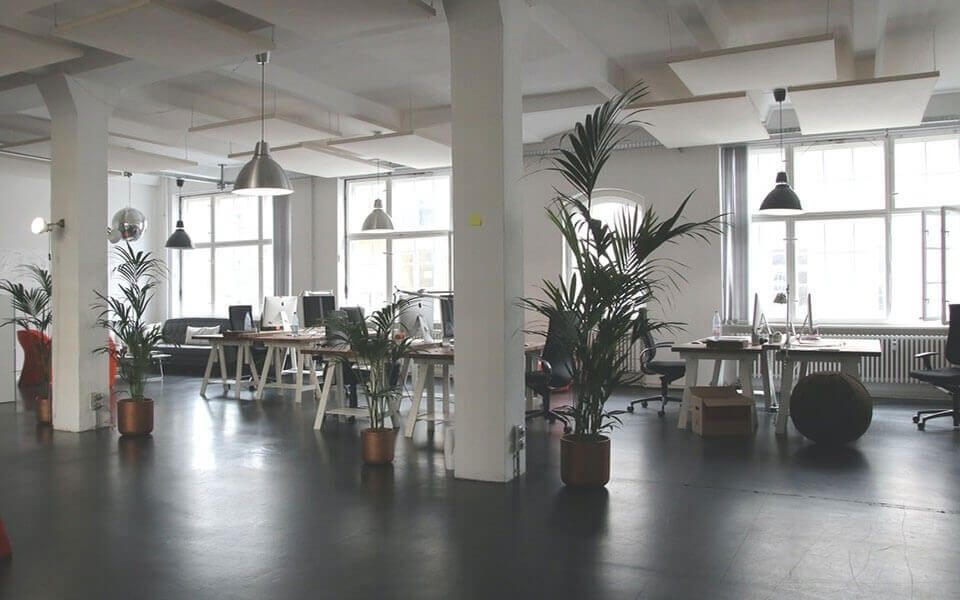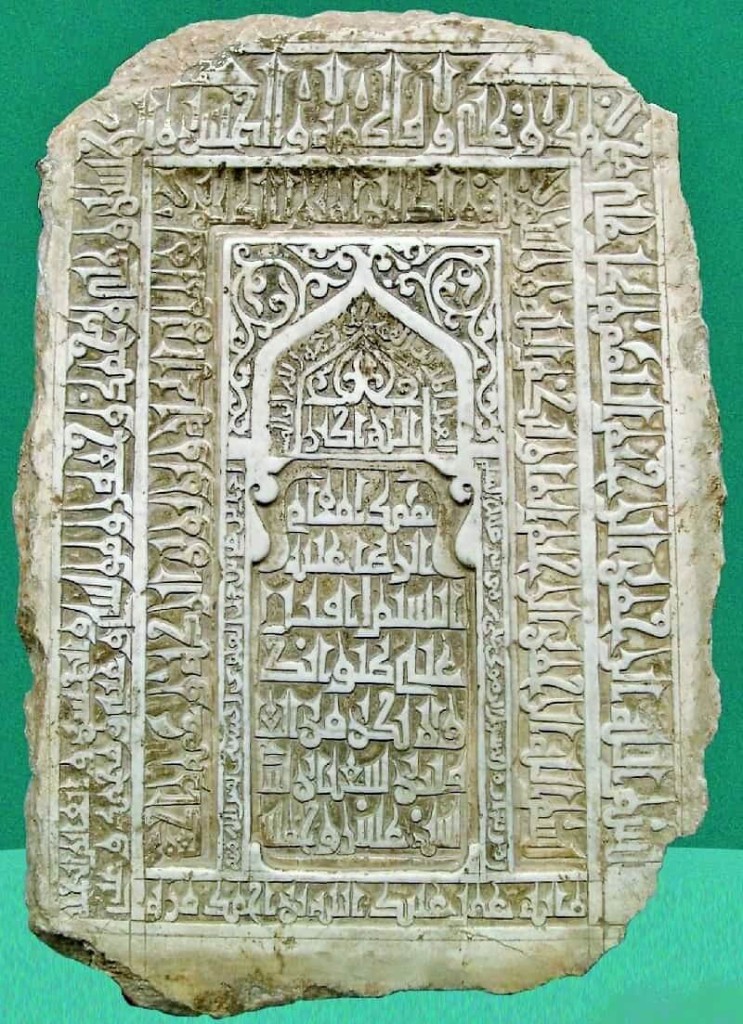
The Ghaznavi- Seljukian axis refers to the ruling cities of these two historical periods in Iran in addition to their historical monuments. Monuments from the times of the early Ghaznavid Sultans can be rarely seen nowadays. Unfortunately, only the “Lashkari Bazar Palace” has remained of the whole following buildings that were built during the Ghaznavid period. However, according to historical sources, the kings of this period were interested in building very magnificent and luxurious buildings.
Based on the sources of that era, especially Abu’l-Faḍl Bayhaqi, a famous Iranian historian in the 11th century, these sultans had built magnificent palaces, gardens, markets (bazaars), mosques, and schools in each of the important cities of their territory.
Adnani Palace, Asheghan Bazaar and Balkh Garden, Shadiyakh Palace and Kiosk (Pavilion) (around Neishabour), Mahmoud Palace in Afghan Shal of Ghazni, Sad Hazara Garden with the White and Zaboli Kiosks located in Ghazni, and Firoozi Palace and Garden in Ghazni are other buildings of this period.
On the other hand, the great interest of the Ghaznavid sultans in splendor and luxury can be seen and felt in the buildings of the Ghaznavi-Seljukian axis. The Indian statues found in Ghazni in recent years suggest that the Ghaznavids have installed these statues in their palaces to commemorate the victory in their wars.
Moreover, the art of the Seljuk and the Khwarazmian (Anushteginid) dynasty periods form a part of the art of the post-Islam period. This art encompasses the years when these dynasties were in power in Central Asia, Iran, and Anatolia. It also includes the periods of turmoil and decline in the history of the Seljuks in Iran. These periods lasted a total of two centuries.
The Works of Iranian Architects in This Period
Remarkably, the innovations of Iranian architects in the Ghaznavi-Seljukian axis brought broad results and outcomes from India to Asia Minor. The artists created lasting works in a wide range of arts, including textiles and pottery, ivory, and metalwork with regional characteristics.
The art of architecture also accomplished relative flourishment and perfection in the Seljuk era and artists and architects created many works. During this period, some large Iranian mosques were created by combining a courtyard with four porches (iwans or Eyvans) and a square hall with a dome (Chartaqi meaning domed chamber) so that the central courtyard and the four eyvans around it became the basis of religious architecture in Iran.
On the other hand, the walls of the building were decorated with face brickwork by using its artistic features in the works of the Ghaznavi-Seljukian axis. Architects created various brick designs. The art of brickwork (bricklaying) and decorating buildings with carved bricks have been common in Iran since the 11th century, which continued and became more complete until the end of the 12th century.
The plasterwork and painting decorations became highly important towards the end of the era. Turquoise glazed tiles were also used in the architectural decorations.
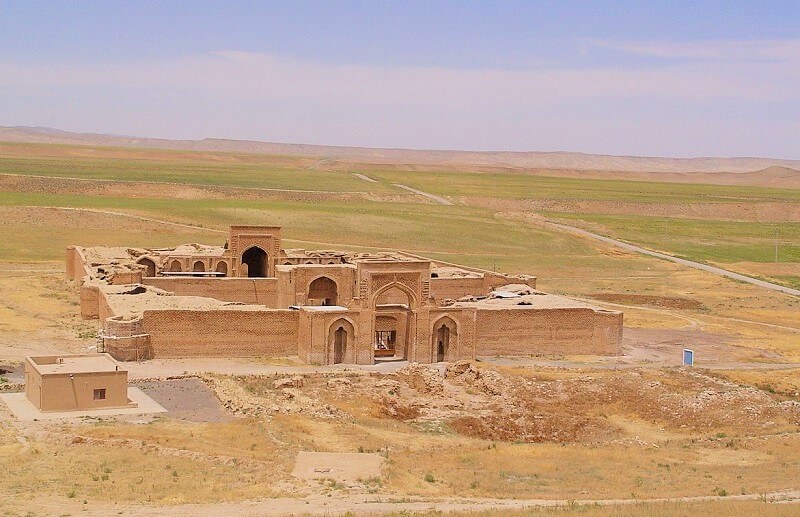
We need to consider some points concerning the significance of Ghaznavid art and architecture to achieve a more accurate insight into this period.
The existence of Ghaznavid historical monuments and their names in authentic historical and literary sources indicate the greatness of Iranian civilization in this period. These impressive civil works have manifested in the construction of minarets, palaces, schools, mosques, gardens, and funerary buildings with various beautiful decorations. They also emphasize the importance of architectural decorations in decorating the buildings of the mentioned period.
The following are the features of art and architecture in the Ghaznavid period and Ghaznavi-Seljukian axis buildings:
- The extensive use of marble carvings (raw)
- Various brickwork with cutting and molding techniques
- One-color tiles with embossed patterns and motifs
- Murals
- Plasterworks and wooden works in architectural decorations
- Designs and motifs (patterns), including a variety of delicate inscriptions in Kufic script and Naskh script
- Symbolic motifs (icicles)
- Harmonic and intertwined plant decorations and patterns (Arabesque and Khatai patterns)
- Geometric patterns such as six and eight points and Pili patterns
- A variety of animals and birds such as horses, elephants, lions, eagles, etc.
- The role of humans and hybrid creatures with themes such as battle scenes, feasting, and the row of moving animals
The decorations of the Ghaznavid period are mostly combined and repeated in altar-shaped frames, Modakhel, and geometric framing and borders. Now, we will describe the buildings of this period case by case.
The Sangu yard belongs to the Ghaznavid period – the late Timurid period. This complex is located in the city of Esfarayen, Bam and Safiabad District, 2 km northeast of the city of Safiabad. This work has been included in the Iran National Heritage list.
Robat-e-Ziarat Mosque belongs to the Ghaznavid period and is one of the works of the Ghaznavi-Seljukian axis. This complex is located in the city of Khaf, Central District, Fadak village. This monument has also been registered as one of the Iran National Heritage works.
The two significant works of this period in Mashhad are as follow:
- Imam Reza Holy Shrine or Razavi Shrine: A part of the tomb building of the eighth Imam of the Twelver Shiites belongs to the Ghaznavid period. This place, which is in the center of Mashhad, is located in Khorasan Razavi province.
- Imam Reza (PBUH) shrine is a complex with the tomb of Ali ibn Musa al-Reza at its center, which encompasses other mosques, tombs, porches (iwans), courtyards, libraries, and museums. Balasar Mosque (1033) and Goharshad Mosque (built in 1418) are the most important continuous buildings in this complex. The oldest parts of this shrine date back to the 1230s.
- Robat Mahi: This building belongs to the late Ghaznavid period. It is located in the city of Mashhad, Razaviyeh District, and is enlisted as one of the Iran National Heritage works. This building belongs to the Ghaznavi-Seljukian period. Its ruins can now be seen along the Mashhad-Sarakhs road on the way from Toos to Sarakhs and along the Kashfrud River.
Imamzadeh Hamzeh Reza (Gore Timur) belongs to the Ghaznavid-Ilkhanid period. This building is located in Shirvan, 9 km northwest of the city, and has been registered as one of the Iran National Heritage monuments.
The Importance of Seljuk Art and Architecture
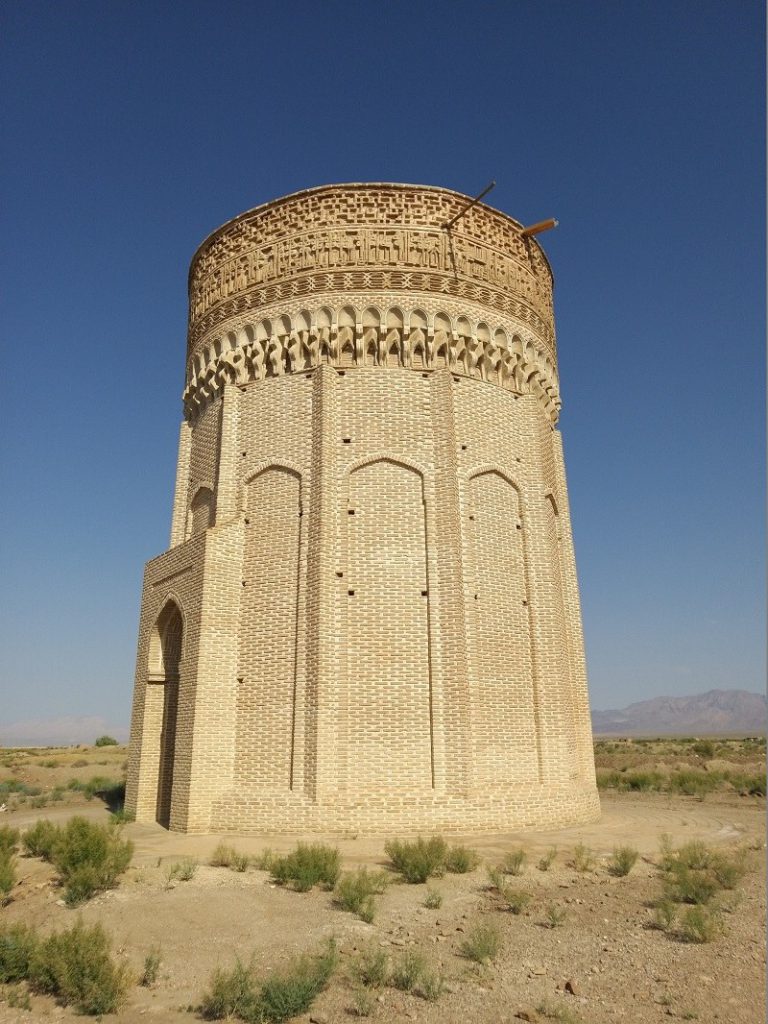
The school building was one of the religious buildings of this period. The school was spread throughout the Seljuk Empire and had its own characteristics, including a courtyard with four porches that had Iranian roots. The Al-Nizamiyya of Baghdad School was one of the most famous schools built during this period. Similar ones were also built in Isfahan, Neishabour, Balkh, Basra. etc. Moreover, the tombs were other religious buildings that were built during this period.
The non-religious architecture was used alongside religious architecture in the buildings of the Ghaznavi-Seljukian axis. Caravansaries were such non-religious architectural types common in the Seljuk period. They also have a large courtyard and four eyvans. The Seljuk period was a period of balance in Iranian architecture, which benefited from past experiences and created new models for the future.
The remarkable mosques of Iran built in this period are the Jame’a Mosque of Isfahan, Jāmeh Mosque of Ardestan, Jame’a Mosque of Golpayegan, and the Jame’a Mosque of Qazvin. The Khargerd Ghiasiyeh School can be also named as one of the schools built in this period.
Some of the non-religious buildings to be mentioned, which are mostly caravansaries, include Robat-e Sharaf, Robat-e Anoushirvan, Robat-e Malek (on the way from Samarkand to Bukhara). The towers and tombs of this period were built in the shape of hills and had two floors. The circular tombs with three domes in Urmia and the circular tower of Maragheh are some examples of Seljuk architecture.
Other Buildings
There are also some of other buildings constructed in the Ghaznavi-Seljukian axis, which will be introduced here:
- The tombs that have a crack-containing design: The Tomb of Pir Palandouz, Gonbad-e Sorkh, and the Alawites Dome.
- The Polygonal Tombs: Gonbad Aali (Ali Dome) in Abarkooh, Gonbad-e Kabood in Maragheh
- The Towers: Damavand tower, Kharraqan West and East Towers, and Burj-i Mehmandust
In addition to the above, various types of potteries appeared in Iran shortly after the Seljuks came to power. Their major centers in Iran were the cities of Rey and Kashan, which were slightly different from each other. The art and technique of metalworking also flourished and particularly developed during the Seljuk period.
In calligraphy, the Kufic script was still what the scribes used to write the Qur’an. However, the evolution of the Iranian Kufic script in the Seljuk era reached a certain level of eloquence and created the Iranian style of the Kufic script.
Also in the same era, we see illumination between the letters of scripts and lines. The shapes used in illumination mostly include plant motifs, especially motifs known as Arabesque.
The Comparison with Similar Works
We will introduce some of the works here with similarities to the works of this period:
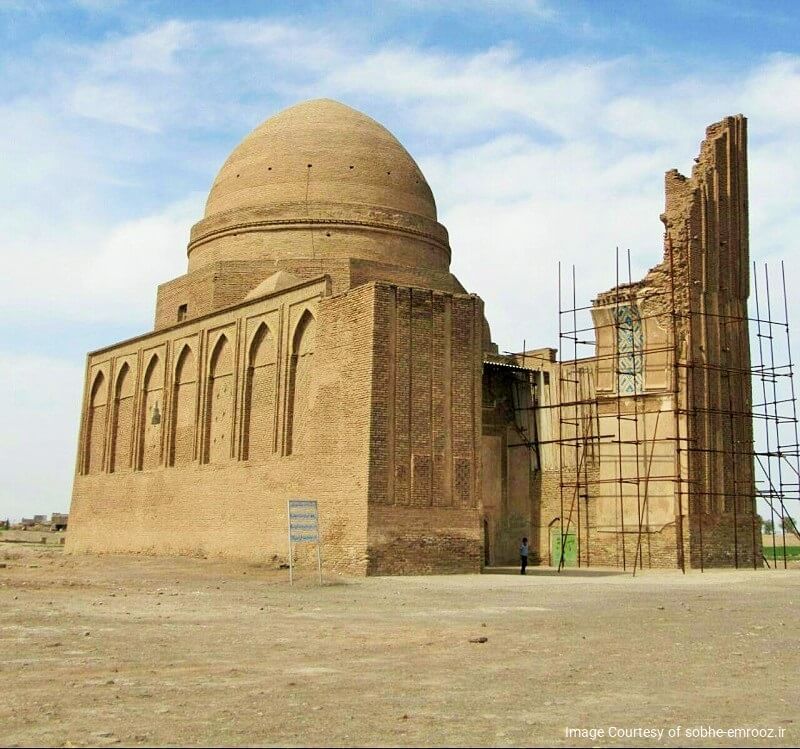
Apparently, a tomb was built for a mystic named Baba Loghman during the Seljuk period since the people believed in him. This tomb is located half a Parasang (2.8 km) from Sarakhseh, next to Kashfrud and Harirod rivers. The tomb has been built so perfectly. Later, during the prosperity and development, several buildings have been built around it.
On the other hand, there are still numerous inscriptions masterfully plaster-worked on the forehead and around the entrance of the tomb. This fortified square building has been built with bricks and gypsum mortar with thick walls with a width of more than 3 meters on two floors.
The Tomb of Abu Sa’id Abu’l-Khayr (Turkmenistan)
This tomb, which belongs to Abu Sa’id Abu al-Khair, a well-known mystic, and scientist in the tenth and eleventh centuries, is located 130 km southeast of Turkmenistan and adjacent to the Iranian border. This historical monument is located on the other side of the Hezar Masjed Mountains in Khorasan and on the outskirts of the town of Mahone in Turkmenistan.
Now, the tomb of Abu Sa’id has become a shrine for Turkmens and lovers of this mystic.
The Historic City of Sang Bast
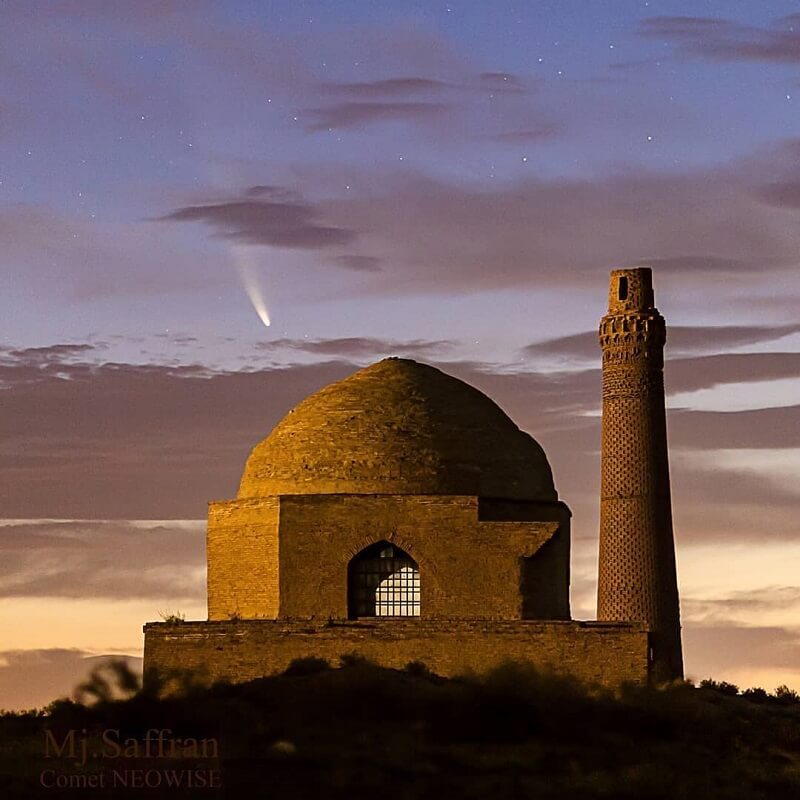
The city has a fence with dimensions of about 400 by 240 meters and a moat (trench) with a width of 10 meters and a current depth of 2 meters around it. Eighteen towers have surrounded the city in total. The spatial divisions within the city cannot be currently recognized. The body of the historical city of Sang Bast is quite in accordance with the body of the cities of post-Islamic Iran up to the tenth century.
Besides the above, this historic city has included a caravansary, a grand mosque, a Khanqah, the tomb of Arsalan Jazeb, a minaret, and a large number of buildings. This city has been of great importance due to its geographical location and the intersection of the caravan routes leading to Merv, Herat, Toos, and Neishabour. Like what is seen in the buildings of the Ghaznavi-Seljukian axis, this area has been also considered one of the important house stations and domiciles for many caravans of merchants and traders.




